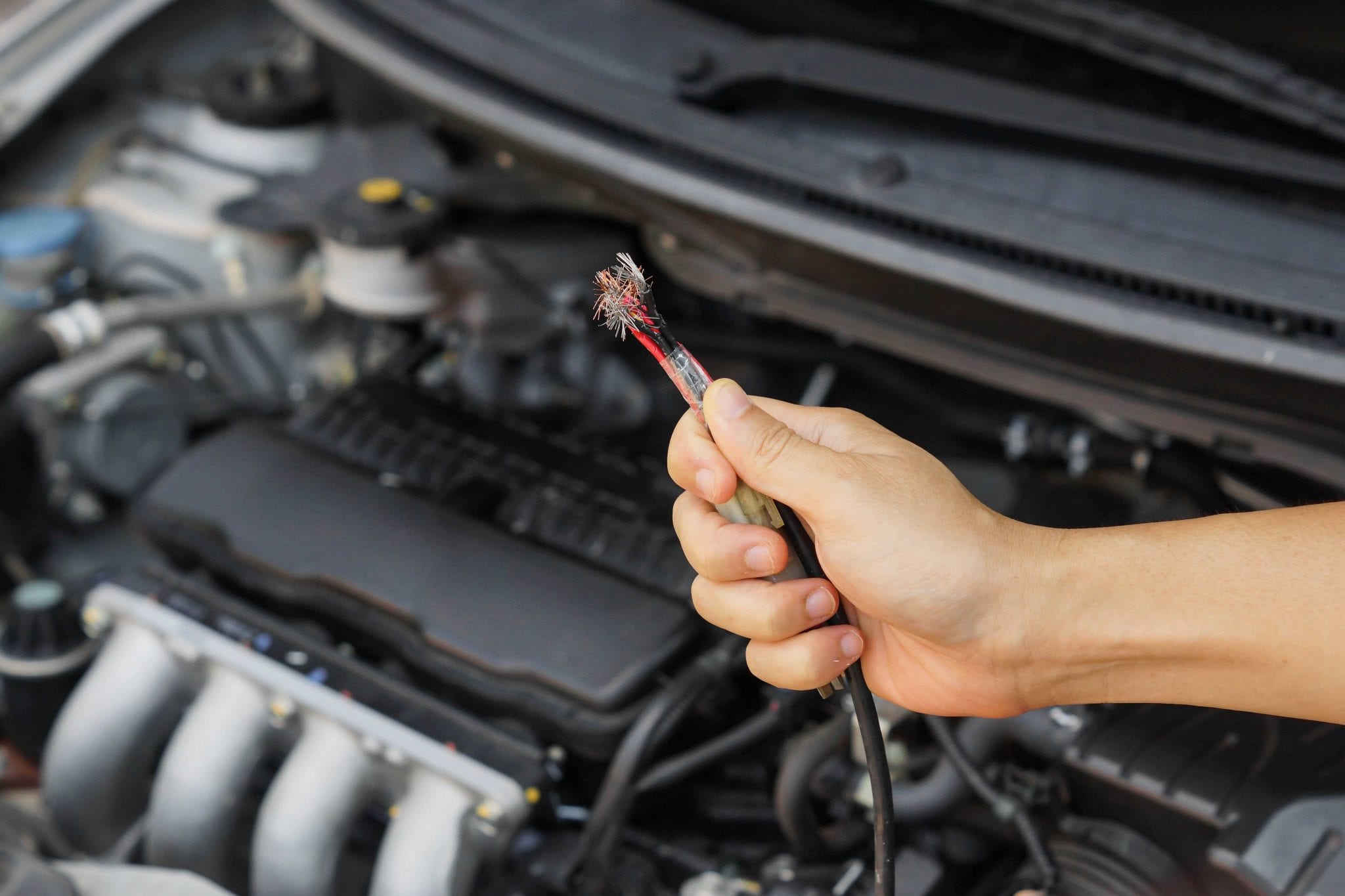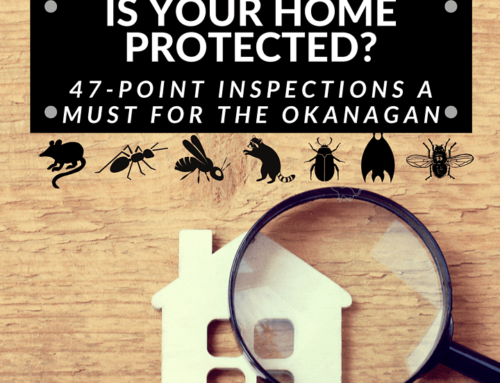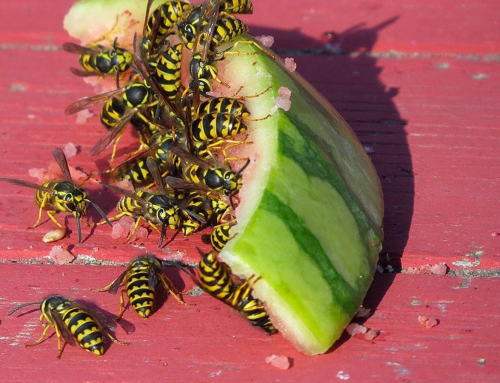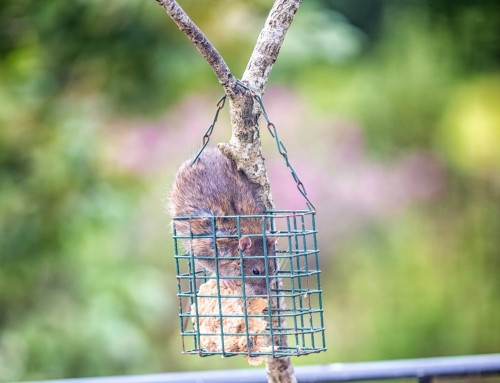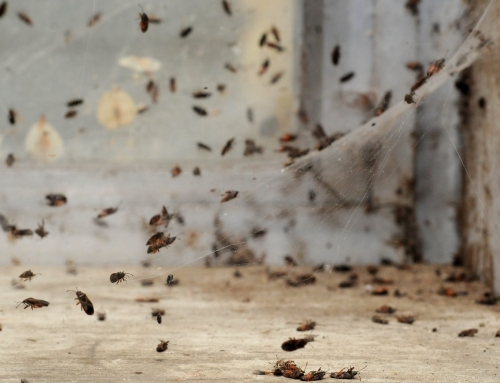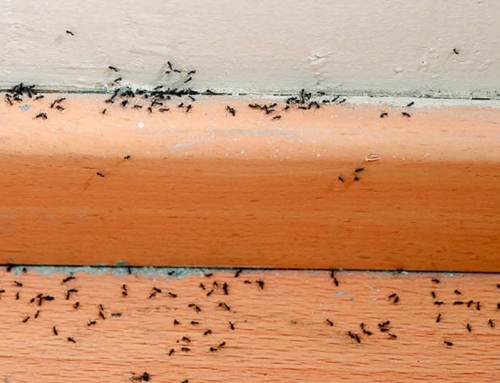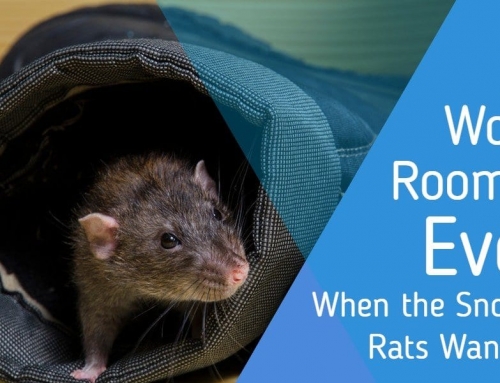All animals, including humans, have four basic survival needs: air, water, food and living space. However big or small we are, we need a warm and comfy place that offers protection from the elements. For mice, rats, squirrels, and other rodents, this warm and comfy place could be just about anywhere – a burrow in the ground, a shed, a house, or even a car. Specifically, your car. Rodents can easily find their way into some of the most delicate parts of your vehicle and do up to thousands of dollars worth of damage as they chew up wiring, hoses and insulation. Also, an engine that is still nice and warm is to a rodent the equivalent of curling up in front of a roaring fireplace. Avoid this happening to you by following our ways to identify, prevent and remove a rodent infestation in your vehicle.
EVIDENCE OF THE OFFENDERS
Mice and rats do not hibernate, so they’re an all-season nuisance. And the longer and colder the winter nights get, the more attractive your home, garage, or workplace becomes to these rodents. Mice and rats are always looking for food, as well as somewhere warm and dry to nest. Since damage can be caused very quickly, you need to be on the lookout for early warning signs of a rodent infestation in your vehicle. Droppings under the hood are an obvious clue, but you should also watch for items that may have been dragged in, including twigs and leaves for building a nest and edibles like pet food or bird seed. If you suspect that you have a rodent issue, you can do a cursory inspection of your vehicle and its surrounding area. Check under and around your vehicle with a flashlight for droppings and small urine puddles, and look in your engine compartment for chew marks. You’ll soon notice if something isn’t quite right.
PREVENTATIVE MEASURES
One of the easiest ways to reduce the chances of a rodent building a nest under the hood of your vehicle is to park in a garage. Unless you have rodent problems in the garage (which is a separate issue), the chances of a rodent from outdoors crawling into your vehicle are much lower than if you parked on the street. Also, when you get home, open your hood for a while. This will allow the heat to release and your vehicle becomes much less attractive when the engine is cold. You can use various types of bait to attract and eliminate the rodents. Place these bait traps in your engine compartment and on the floor of your vehicle. Other preventative measures include dryer sheets and mothballs that can be used to prevent rodents from nesting in your vehicle. Most people prefer dryer sheets because they smell better, but either solution has proven useful. Like the bait traps, these items should be placed in various parts of your vehicle to prevent both engine compartment and interior damage.
KEEPING IT CLEAN
Assuming your vehicle is being driven on a regular basis, it’s probably free food that’s attracting the rodents. If your vehicle is parked in a garage, a garbage bin, wood pile, or stored food source such as pet food or bird seed may be cause of your rodent problem. If so, relocate these out of the vicinity of your vehicle to keep the rodents away. If your vehicle is parked on the street, look around to see if there’s a food source nearby, such as trees that bear fruit or nuts, or maybe a bird feeder. Again, a nearby garbage bin or refuse heap could also be the source of the rodents.
If you spot signs of rodent damage to your vehicle such as chewed wires or other components, take your vehicle to a trusted mechanic to ensure that its safety and functionality hasn’t been compromised. Fix what needs to be fixed on your vehicle, and follow our steps above to prevent a subsequent infestation.
Remember, with any bug or rodent infestation, being preventative is the best protection. So to find, fix, and finalize any type of bug or rodent, call BugMaster Pest Control. We will identify and remove any pest infestation speedily, efficiently, and permanently. Contact us today for a free estimate on your home or property and learn why with BugMaster – the bug always stops here!

